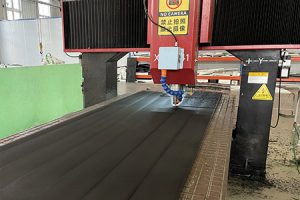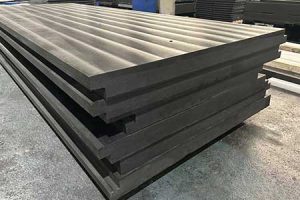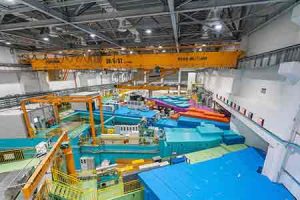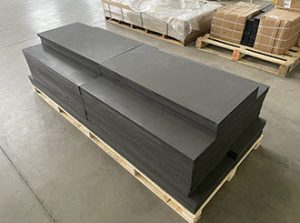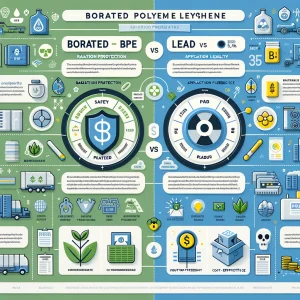Borated Polyethylene vs Lead

In today’s era of rapid technological development, radiation protection has become an important issue in many fields, especially in the medical and nuclear energy industries. Traditionally, lead has been widely used in various protective situations due to its excellent radiation shielding capabilities. However, with advancements in material science, a new type of material called Borated Polyethylene (BPE) has begun to receive attention. Due to its performance, cost, and safety challenges to traditional radiation shielding materials, an increasing number of industries are considering using BPE. This article will compare Borated Polyethylene with other radiation shielding materials to explore their respective advantages and disadvantages.
1. Radiation Shielding Performance
**Lead**: Lead has been the most commonly used material for radiation protection, especially against X-rays and γ-rays. Its high atomic number and density allow it to effectively absorb and block high-energy radiation.
**Borated Polyethylene (BPE)**: Compared to lead, BPE is a lightweight plastic material enhanced with boron to improve its neutron radiation absorption capability. For applications requiring neutron radiation protection (such as nuclear power plants), BPE offers a more lightweight and flexible solution.
2. Safety and Environmental Protection
**Lead**: Although lead performs excellently in radiation protection, its heavy metal properties have led to serious health and environmental issues. The use and handling of lead require strict safety measures to prevent lead poisoning.
**BPE**: As a polymer material, BPE is not only lightweight but also has significant advantages in terms of non-toxicity and environmental protection. Its use and handling do not pose negative impacts on human health or the environment, meeting the high standards for environmental protection and safety currently demanded.
3. Application Flexibility
**Lead**: Lead’s poor processability and the high cost of custom shapes and sizes somewhat limit its application flexibility.
**BPE**: In contrast to lead, BPE can be easily molded into various shapes and sizes through modern plastic processing techniques, offering greater design freedom. Additionally, the lightweight nature of BPE makes it more practical in situations requiring movable protective barriers.
4. Cost-Effectiveness
Although the raw material cost of lead is relatively low, its overall usage cost is higher than that of BPE, especially when considering safety, environmental handling, and maintenance costs. While BPE might have a higher unit price than lead, its superior performance, low maintenance costs, and longer lifespan offer greater cost-effectiveness in the long run.
Conclusion
Borated Polyethylene shows many advantages when compared to traditional radiation shielding materials, particularly in terms of neutron radiation protection, safety, application flexibility, and cost-effectiveness. With technological advances and growing environmental awareness, BPE is expected to replace traditional lead materials in more fields, providing a safer, more environmentally friendly, and economical radiation protection solution. Of course, the choice of material should still be based on specific application needs and conditions.

